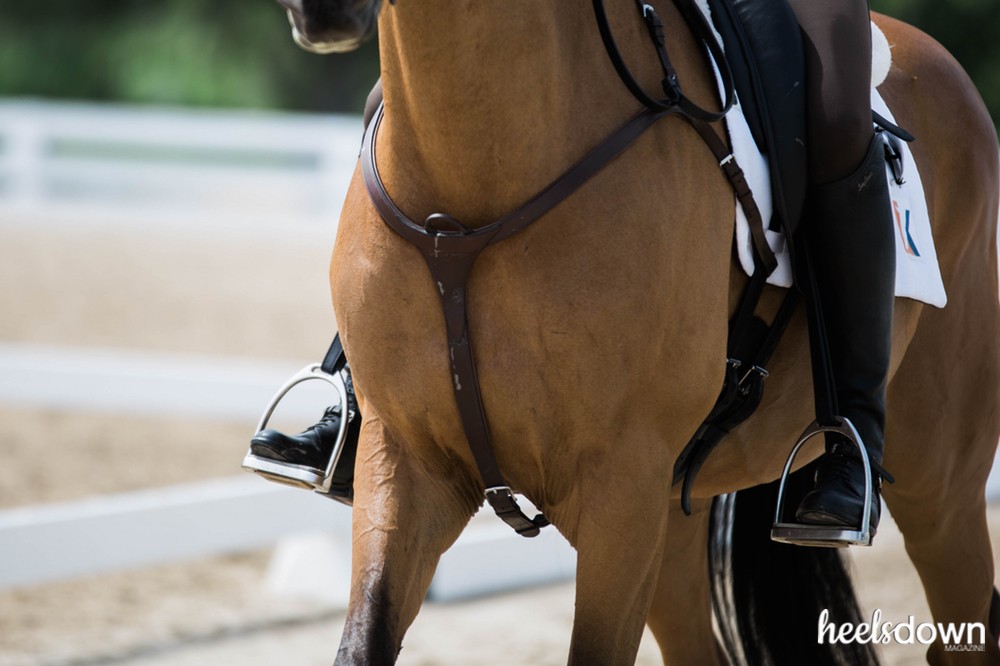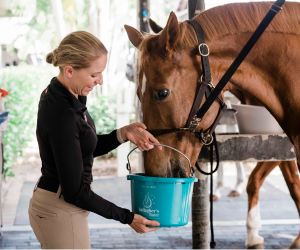Do You Need A Breastplate? Presented by Wahl

By Liv Gude of Professional Equine Grooms, special contributor to Heels Down Mag
Imagine this: You and your horse are frolicking through the fields, enjoying a warm summer day cantering about after spending the whole winter cooped up in the covered arena. You have this weird feeling that you are slowly sliding back. Is it your saddle? Is it your equitation? Is your horse going so fast that the wind is pushing you back?
Likely it’s your tack sliding backwards. Seemingly harmless, until it’s not. A saddle that slips is a one-way ticket into the dirt. Breastplates can help with this.
Most horses that use a breastplate do so because of their conformation, their job, or the need to help their rider stay put in the saddle. Large shoulders and narrow ribs can force a saddle to slip back no matter how tight the girth is. Your horse’s job often dictates the need for a breastplate.
Fox hunting horses, western horses, and even some race horses use some kind of breastplate. For many riders, the use of a breastplate gives your hands a place to grab as there is a strap that goes over the withers. Great for beginner riders, great for galloping a horse, great for young horses who often think tomfoolery and shenanigans are fun.
You have some choices of styles here. For the fox hunter or hunter type horse, look for a breast plate in a “Y” shape. The ends connect to the D-rings of your saddle and runs in between the legs to the girth. There is a wither strap for everyone’s convenience. A breast collar attaches to each side of the saddle at the billets as well as over the withers.
A breast girth is a simple strap that goes from D-ring to D-ring under your horse’s neck.
When considering a breastplate, you will need to find the style that allows your horse to have freedom of the shoulder as well as maximum breathing. Breast girths often rest on the neck in such a way that when a horse lowers his head, his breathing could be restricted. Look for styles that are high quality leather. Cheap leather won’t become soft and supple which is irritating to your horse. Elastic is great for increased freedom of movement, and maybe even some sheepskin pads can protect your horse from buckles and pressure points.
To fit a breastplate, it must be taut against your horse across the shoulders. There should be no gap in leather going to the girth between his legs in the Y-shaped variety. It should also be loose enough that he has full range of motion in his shoulders. Remember that trotting along has a much different shoulder action than jumping, so be sure to account for both situations. The strap over the withers should allow you to easily get some fingers there for grabbing on, but not such a huge gap that the saddle can still slip.
Your horse should not develop sores or rubs. Any kind of hair loss is a sign to make an adjustment – change the fit, try a new style, add some padding. This might translate to go shopping, but I guarantee it’s worth it. Your horse will be comfortable, and you won’t go sliding away!



